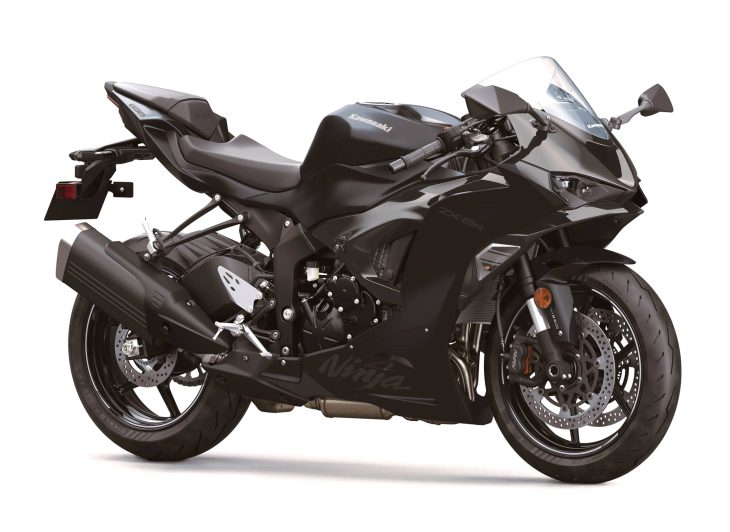
The demise of the supersport category is apparently exaggerated … at least, according to Kawasaki. Introducing a significantly updated Ninja ZX-6R for the 2024 model year, Kawasaki may be sensing a comeback for sport bikes.
All of the changes are described in the following press release, but they include a revised 636cc four-cylinder engine, along with changes to lighting, instrumentation, brakes and riding modes.
Here is the press release from Kawasaki, followed by a short video:
The Kawasaki Ninja® ZX™-6R “636” motorcycle remains a staple in the Ninja® ZX™ supersport lineup, and for 2024, it benefits from several performance and styling updates that push all boundaries with track-ready performance that prioritizes confident handling during high-performance sport riding.
Kawasaki’s Ninja® ZX™ supersport models have always been renowned for their circuit riding potential as well as their ability to provide the exhilaration desired for real-world riding. The Ninja ZX-6R continues to offer superior performance across the rev-range with its potent 636cc liquid-cooled in-line four-cylinder engine and nimble handling thanks to its race-derived chassis that allows the rider to become one with the machine whether on the racetrack, navigating canyon roads, or cruising city streets.
The 2024 Ninja ZX-6R receives all-new styling that is inspired by the Ninja® ZX™-10R, yet retains its own distinct supersport identity. Its smooth, flowing styling was designed to turn heads and capture hearts. New compact LED headlights, an intricately layered front cowl, and a sporty windshield bring a new face to one of the most feared models in Kawasaki’s supersport lineup. Riders are greeted by a new 4.3” TFT color instrumentation as well as smartphone connectivity, integrated riding modes, and other enhanced features. The brake discs are now round, further contributing to the supersport image, while engine and exhaust updates enhance low-rpm.
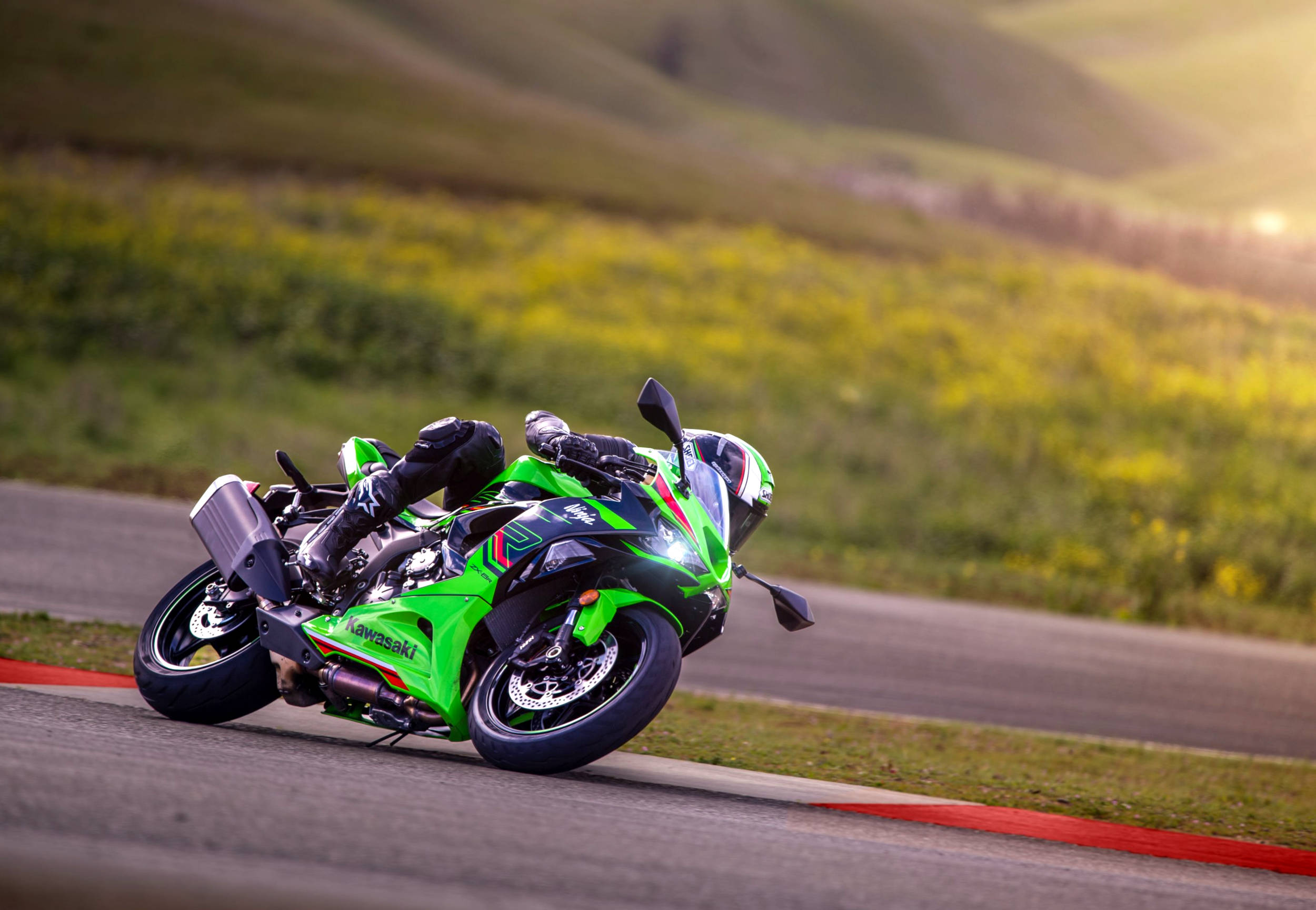
KAWASAKI NINJA ZX-6R HIGHLIGHTS
- NEW Updated 636cc in-line four-cylinder DOHC engine
- NEW Ninja® styling with new front cowling
- NEW LED headlights and turn signals
- NEW TFT full-color instrumentation
- NEW Smartphone connectivity via RIDEOLOGY THE APP*
- NEW Integrated riding modes
- NEW Dual 310mm front discs with dual radial-mounted 4-piston monobloc calipers
ENGINE
- NEW Cam profiles
- NEW Intake funnels
- NEW Head and collector pipe layout
The Ninja ZX-6R features an efficient and powerful 636cc liquid-cooled in-line four-cylinder DOHC four-stroke engine that comes by way of a 67.0 x 45.1mm bore and stroke. New engine updates for 2024 include revised cam profiles that benefit low-rpm performance and help to meet stricter emission regulations.
Ultra-fine atomizing injectors emit a droplet size of less than 60 microns to ensure efficient air-fuel mixing contributing to combustion efficiency. Precise settings contribute to a reduction in engine emissions while ensuring that power and torque feelings are maintained for riders who have come to know and love the Ninja ZX-6R power plant.
Feeding the Ninja ZX-6R power plant is a large-volume 5.09-liter air box, which helps to create peak power and smooth power delivery. The intake funnel design features a revised shape that increases low-to-mid rpm performance.
To protect the heart of the engine, the piston skirts feature a molybdenum coating, which keeps friction to a minimum. To maximize performance and reduce pumping loss, the engine features connecting passages between each of the cylinders.
The exhaust design of the Ninja ZX-6R contributes to optimal engine performance. For 2024, the header pipes, including joint pipes and the collector pipe feature a revised layout for cleaner emissions. Improved feedback from the O2 sensor was achieved thanks to the revised layout, optimizing catalyzer volume and load. An exhaust pre-chamber helps minimize silencer volume, contributing to mass centralization while the silencer’s triangular cross-section enables the requisite volume while ensuring a high lean angle and a compact image.
TRANSMISSION
The Ninja ZX-6R uses a cassette-style transmission, which facilitates changes to gear ratios and makes for efficient set-up time for track days. Its 15/43 final gear ratio further emphasizes the engine’s strong low-end; meaning it is well suited on both the racetrack and on canyon roads.
ASSIST & SLIPPER CLUTCH
Complementing the transmission is an Assist & Slipper Clutch, race-inspired technology that offers both a back-torque limiting function as well as a light feel at the lever. The Assist function provides a lighter pull at the clutch lever, helping to reduce rider fatigue, especially in stop-and-go traffic situations. The Slipper function is noticed when excessive engine braking occurs as a result of quick or accidental downshifts. The slipper cam comes into play, forcing the clutch hub and operating plate apart, which relieves pressure on the clutch plates to reduce back torque and help prevent the rear tire from hopping and skidding.
CHASSIS
The Ninja ZX-6R features a pressed-aluminium perimeter frame design. The two-piece sub‑frame is made from aluminium die-cast pieces, consisting of a front and rear section. This layout enables a very precise, lightweight construction. It is also very narrow, allowing the rear of the bike to be very compact and slim. The base frame components offer a superb balance of flickable handling, mid-corner composure with the ability to change lines on command, coupled with excellent chassis feedback.
SUSPENSION
Complementing the chassis design, the Ninja ZX-6R is equipped with the Showa SFF-BP (Separate Function Fork – Big Piston) fork. Combining the concepts of Showa SFF and BPF, this advanced fork offers both racetrack performance and everyday usability. The Showa SFF-BP offers smooth action at the beginning of the stroke that contributes to excellent composure under braking. The large-diameter damping piston is much larger than what is found in a cartridge-type fork of the same size. The result is greater control as the fork begins to compress and a very calm attitude change as vehicle weight shifts forward when reducing speed, offering greater chassis stability on corner entry. The fork settings are designed to handle back roads as well as deliver a high level of performance for the track, while also accommodating highway and city riding. SFF-BP offers convenient adjustability. All the adjusters are located at the top of the fork caps: preload on the left, compression and rebound damping on the right. Each component only needs to be adjusted once.
The Showa rear shock and suspension design contribute to rear ride comfort, offering a more plush feeling when riding in town or on the highway. The shock offers riders the ability to adjust preload, rebound damping and compression damping.
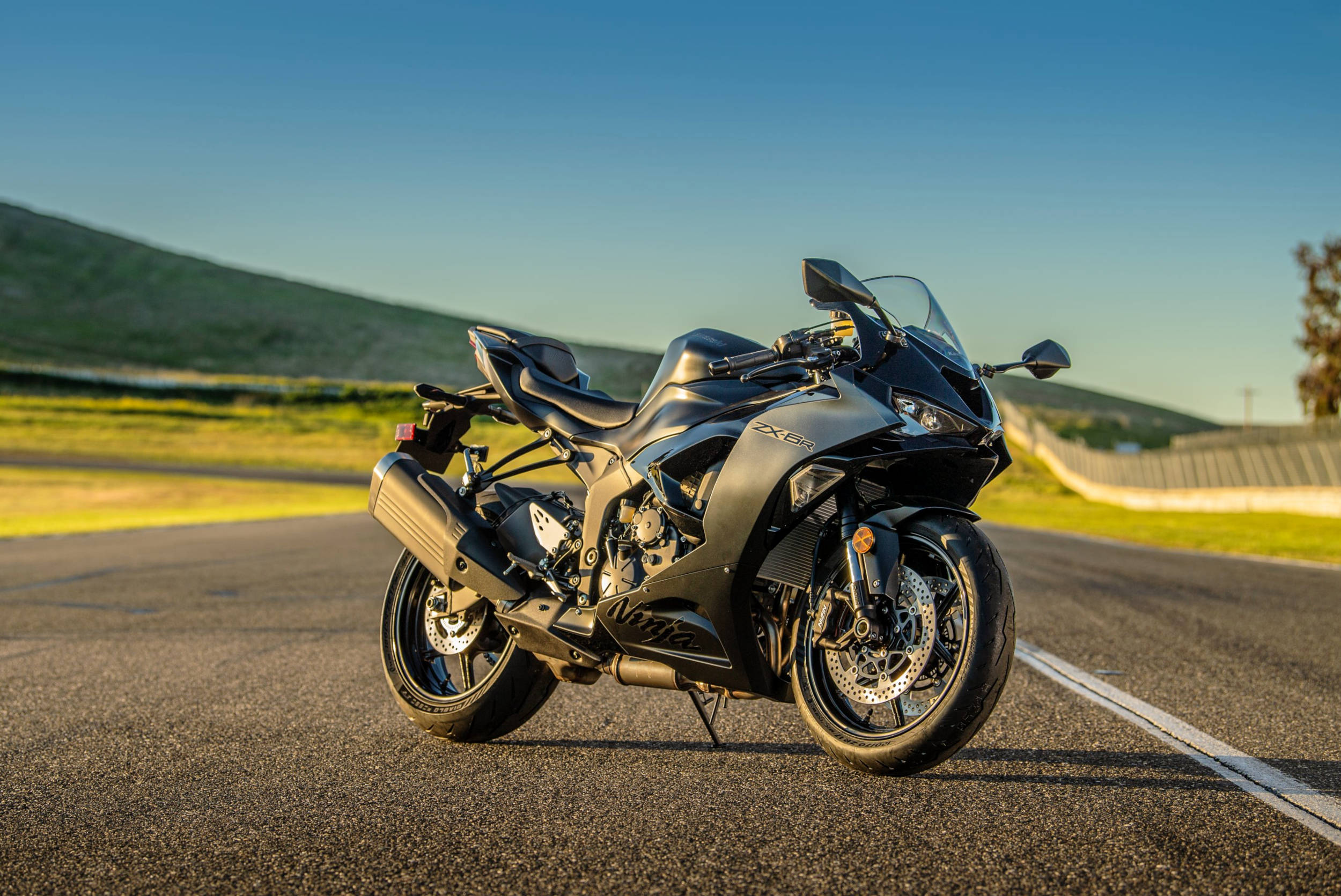
BRAKES & WHEELS
- NEW Dual 310mm front discs with dual radial-mounted 4-piston monobloc calipers
- NEW Pirelli Diablo Rosso™ IV tires
Handling the stopping duties up front for the Ninja ZX-6R motorcycle is a pair of powerful, highly rigid, radial-mount opposed four-piston monobloc calipers. These grip a new pair of large-diameter semi-floating 310mm stainless-steel round discs, offering superb control and a firm feel at the lever and contribute to strong braking. In the rear, the radial-pump master cylinder ensures excellent touch and offers superb control. The radial-pump master cylinder has been paired with a 220mm round disc and a lightweight rear brake caliper, which offers good anti-fade performance. The new round shape found on the brake discs contributes to a strong Ninja ZX family image.
New Pirelli Diablo Rosso IV tires can be found in a 120/70ZR17 M/C (58W) front and 180/55ZR17 M/C (73W) rear, offering excellent grip in a wide range of riding conditions.
ELECTRONICS
KAWASAKI QUICK SHIFTER (KQS)
The Ninja ZX-6R features a highly reliable contactless-type quick shifter with the KQS, which allows for ultra-quick, full power upshifts and seamless acceleration. The system detects that the shift lever has been actuated and sends a signal to the ECU to cut ignition so that the next gear can be engaged for clutchless shifting.
KAWASAKI TRACTION CONTROL (KTRC)
The Ninja ZX-6R is equipped with Kawasaki TRaction Control (KTRC), which has three performance settings riders can choose from: Modes 1 and 2 prioritize maximum forward acceleration, while Mode 3 provides rider reassurance by facilitating smooth riding on low traction surfaces. The three modes of KTRC offer options for a wide variety of riding conditions. Riders also have the option to elect to turn the system off.
KAWASAKI INTELLIGENT ANTI-LOCK BRAKE SYSTEM (KIBS)
- NEW ABS unit
An updated ABS unit has been fitted on ABS models for 2024, retaining the Ninja ZX-6R’s supersport-grade braking performance. KIBS is a multi-sensing system that collects data from a number of sources, including front and rear wheel speed sensors, monitors front caliper hydraulic pressure, along with information from the engine ECU to do its job. High-precision brake pressure control enables the system to avoid reduced brake performance due to excessive pressure drops, allows lever feel to be maintained when KIBS is active and helps ensure smooth braking feel.
POWER MODE SELECTION
Riders can set power delivery to suit conditions and/or preferences, choosing from Full and Low. When combined with the KTRC and Power Mode options, riders have eight combinations from which to choose. Each system can be set independently to best suit rider preference, riding location, and road conditions.
NEW INTEGRATED RIDING MODES
All-inclusive modes that combine KTRC and Power Mode settings allow riders to easily set traction control and power delivery to suit a given riding situation. Riders can choose from three settings (sport, road, rain) or a manual setting (rider). In the manual “rider” mode, each of the systems can be set independently.
- Sport: enables riders to enjoy sporty riding
- Road: covers a wide-range of situations, from city riding to highway cruising and rural roads
- Rain: offers rider reassurance when riding on a wet road surface
NEW TFT COLOR INSTRUMENTATION
A new 4.3” all-digital TFT color instrumentation gives the cockpit a high-tech, high-grade appearance and offers additional features unavailable on the previous model. It features a full-color display with TFT (thin-film transistor) technology, delivering a high level of visibility. The screen’s background color is selectable in black or white and screen brightness automatically switches between three rider-set levels to suit available light.
Display functions include: digital speedometer, digital bar-style tachometer, gear position indicator, shift lamp, fuel gauge, odometer, dual trip meters, current and average fuel consumption, remaining range, average speed, total time, coolant temperature, clock, battery voltage, Kawasaki service reminder, oil change reminder, riding mode indicator, smartphone call and mail notices, Bluetooth indicator, and economical riding indicator.
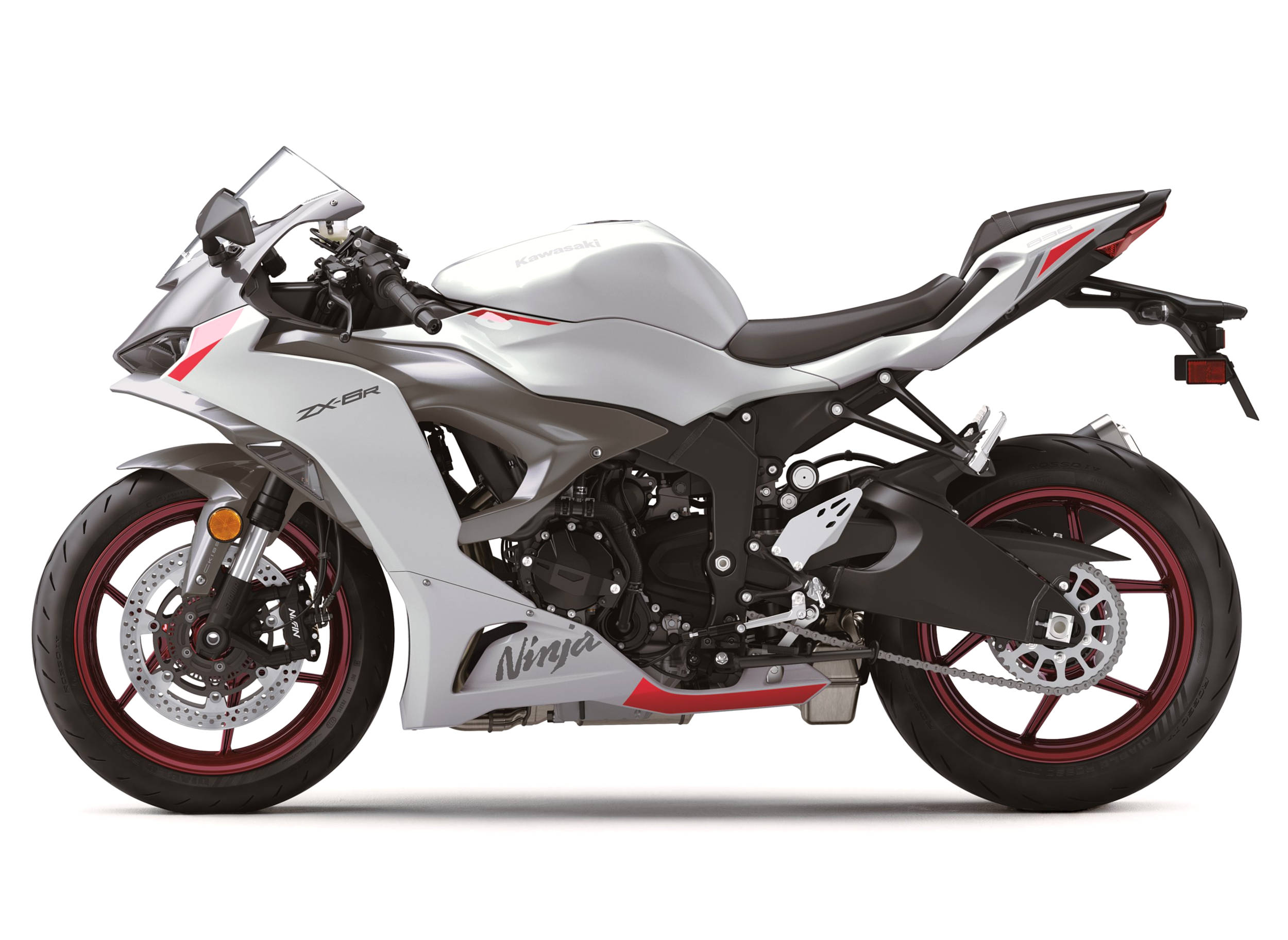
NEW SMARTPHONE CONNECTIVITY
Utilizing Bluetooth® technology built into the instrument panel, riders can now connect to their bike wirelessly. Using the smartphone application “RIDEOLOGY THE APP*”, a number of instrument functions can be accessed, contributing to an enhanced motorcycling experience.
Available functions include:
- Vehicle info: information such as fuel gauge, odometer, maintenance schedule, and more can be viewed via the smartphone
- Riding log: GPS route information as well as vehicle running information can be logged and viewed via the smartphone
- Telephone notices: when a call or mail is received by the smartphone, this is indicated on the instrument display
- Tuning – general settings: general instrument display settings such as preferred units, date, date format, and more can be adjusted via the smartphone
When riding with the app ON, the bike and smartphone are always connected. When the ignition is turned OFF, the latest vehicle information is stored by the app and may be viewed on the smartphone.
STYLING
- NEW Ninja styling with new front cowling
- NEW LED headlights and turn signals
- NEW sporty windshield
- NEW 3D interwoven bodywork
The all-new styling found on the Ninja ZX-6R is inspired by the Ninja ZX-10R and embodies the ideal supersport image. New front and side cowls create a design that flows smoothly from head to tail. Compact, new LED headlights and an intricately layered front cowl give the Ninja ZX-6R its new “face”.
The front cowl’s new layered design is complemented by winglet-style inlets and angled chin spoilers to form a highly distinctive image. The inlets help keep the wind off the rider, contributing to ride comfort. Unlike the Ninja ZX-10R’s horizontal chin spoilers, which are used to create downforce when racing down the straight, the Ninja ZX-6R’s chin spoilers are angled, conveying an image of downforce while cornering. The new compact headlight’s low-beams feature plastic projector lamps with mono-focus LED technology, while the high-beams and position lamps are reflector-type lamps. The deep-set position of the reflectors of the unlit parts of the headlights makes them appear dark, creating a fierce expression. Black extensions between the low and high-beams contribute to the black image and help deliver a high-quality finish.
The area surrounding the RAM Air Intake is completely painted, unlike the previous model, contributing to the sleek design. A new sporty windshield is short and contributes to the Ninja ZX-6R’s supersport image. Similar to the Ninja ZX-10R, the front cowl supports the sides of the windshield. Holes in the windshield relieve pressure build-up behind the screen to help reduce buffeting when riding at elevated speeds.
Like the design of the tail cowl, the front and side inner cowls use interwoven layers to create a 3D effect with the multiple layers adding to the high-class design. In contrast, the side outer cowls and lower cowl are smooth. The bodywork’s smooth, flowing design draws the eye from head to tail and hints at the Ninja ZX-6R’s supersport performance.
New LED turn signals complete an all-LED lighting package that begins with its new compact headlights and ends with its Ninja ZX-10R-inspired taillight. Blacked-out engine covers, and a black-painted silencer contribute to the supersport image. The silencer also features a buffed end-cap.
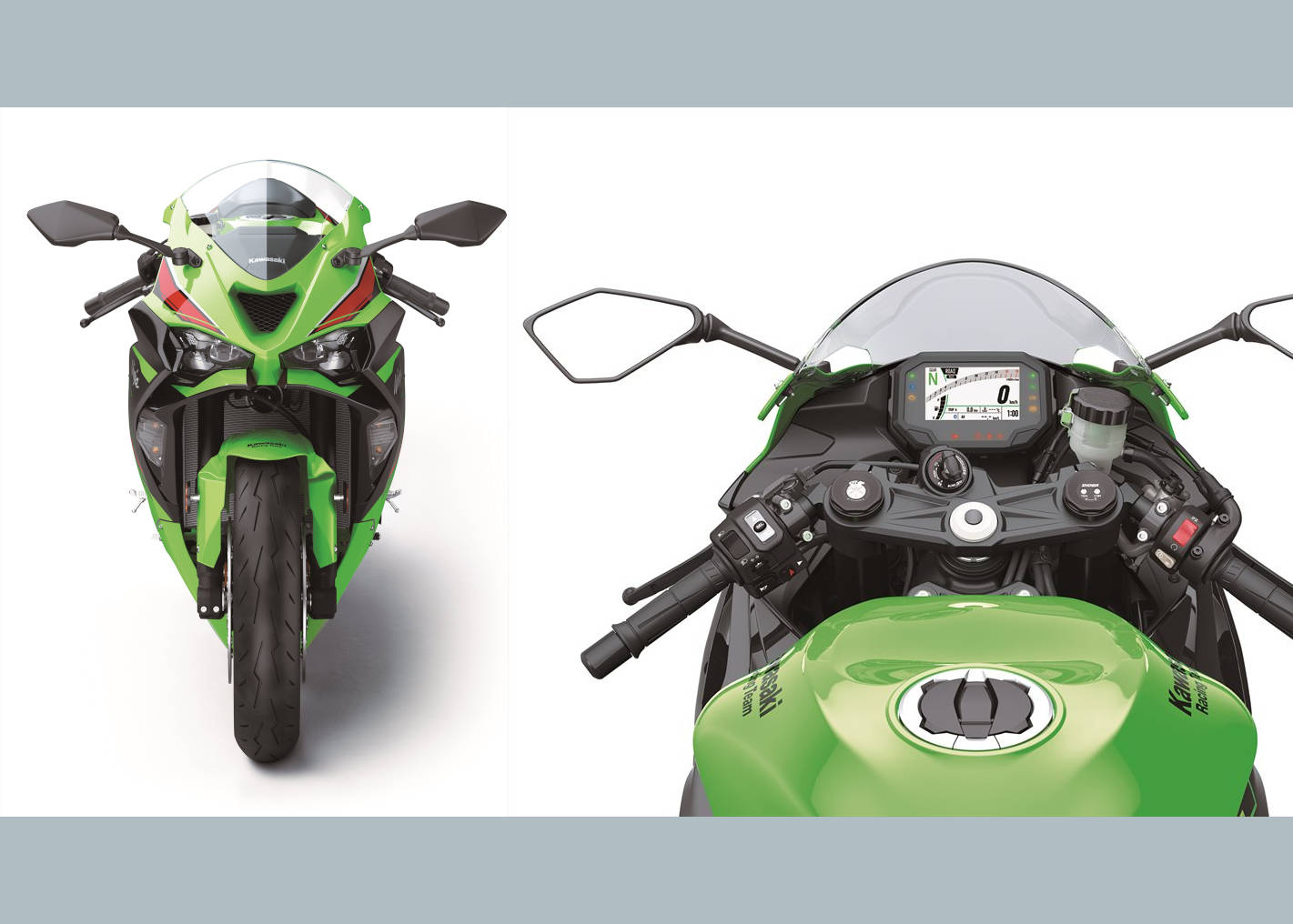
ERGONOMICS
The Ninja ZX-6R rider triangle remains unchanged, utilizing Kawasaki’s Ninja supersport seat to pegs-to-bar orientation, which offers a naturally aggressive riding position. A slim and flared fuel tank makes it easy for riders togrip the tank with their knees.
The seat is short front-to-back for excellent comfort and feedback from the chassis. It is also narrow in the front section to help facilitate the slim riding position and make it easier for riders to get their feet on the ground. A new windshield design blends sporty looks with real-world wind protection for sport riding while also maintaining visibility during more upright street riding. An adjustable front brake lever and clutch lever each offer five available positions. This allows riders to modify both hand lever positions to suit their hand size and preference.
*RIDEOLOGY THE APP is not intended for use during vehicle operation. Only use RIDEOLOGY THE APP when the vehicle is not being operated and it is safe to do so.
KAWASAKI NINJA ZX-6R
Color: Metallic Flat Spark Black / Ebony, Pearl Robotic White / Metallic Graphite Gray
MSRP: $11,299
Availability: Now
KAWASAKI NINJA ZX-6R KRT EDITION
Color: Lime Green / Ebony
MSRP: $11,299
Availability: Now
KAWASAKI NINJA ZX-6R ABS
Color: Metallic Flat Spark Black / Ebony, Pearl Robotic White / Metallic Graphite Gray
MSRP: $12,299
Availability: Now
KAWASAKI NINJA ZX-6R ABS KRT EDITION
Color: Lime Green / Ebony
MSRP: $12,299
Availability: Now

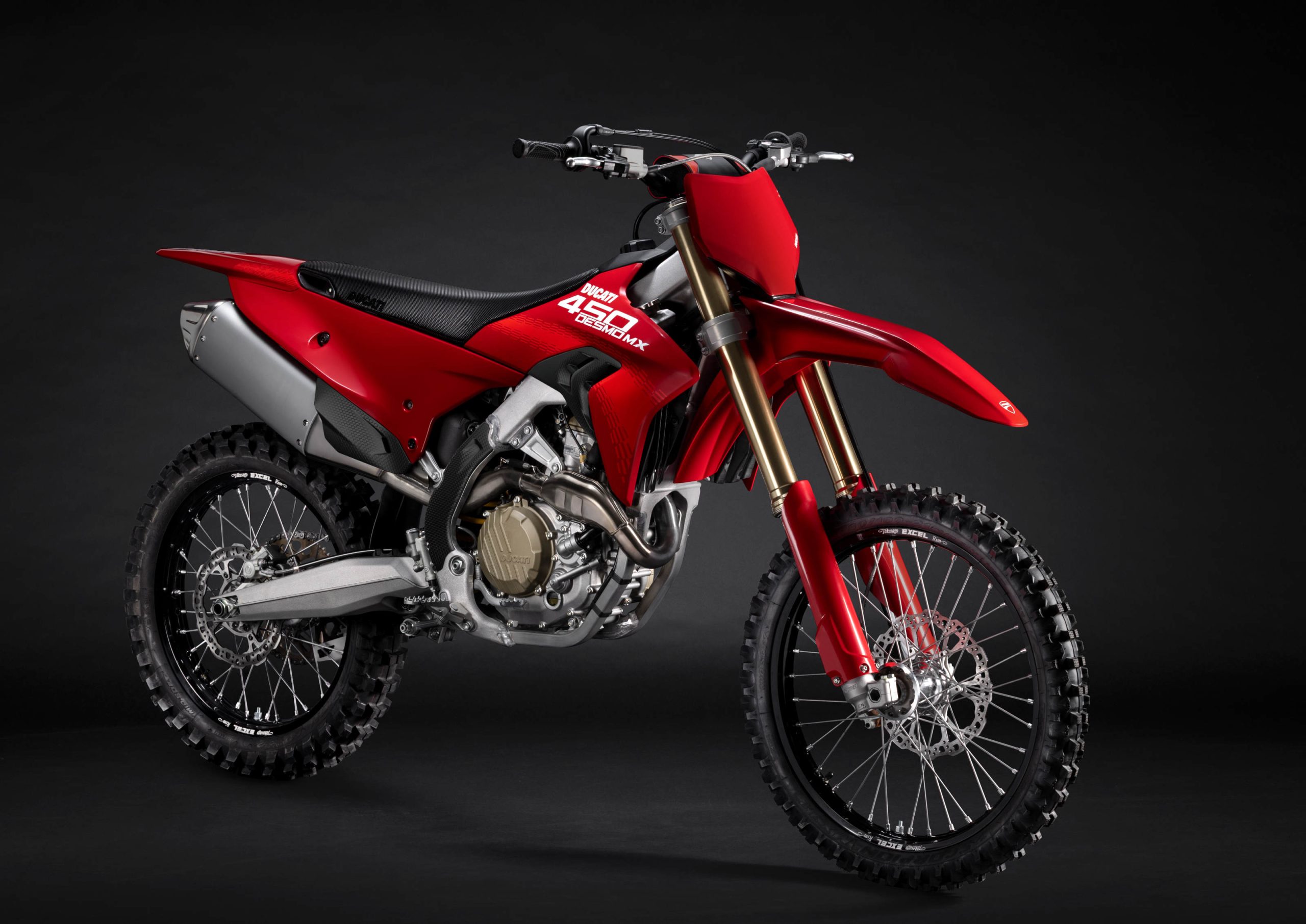
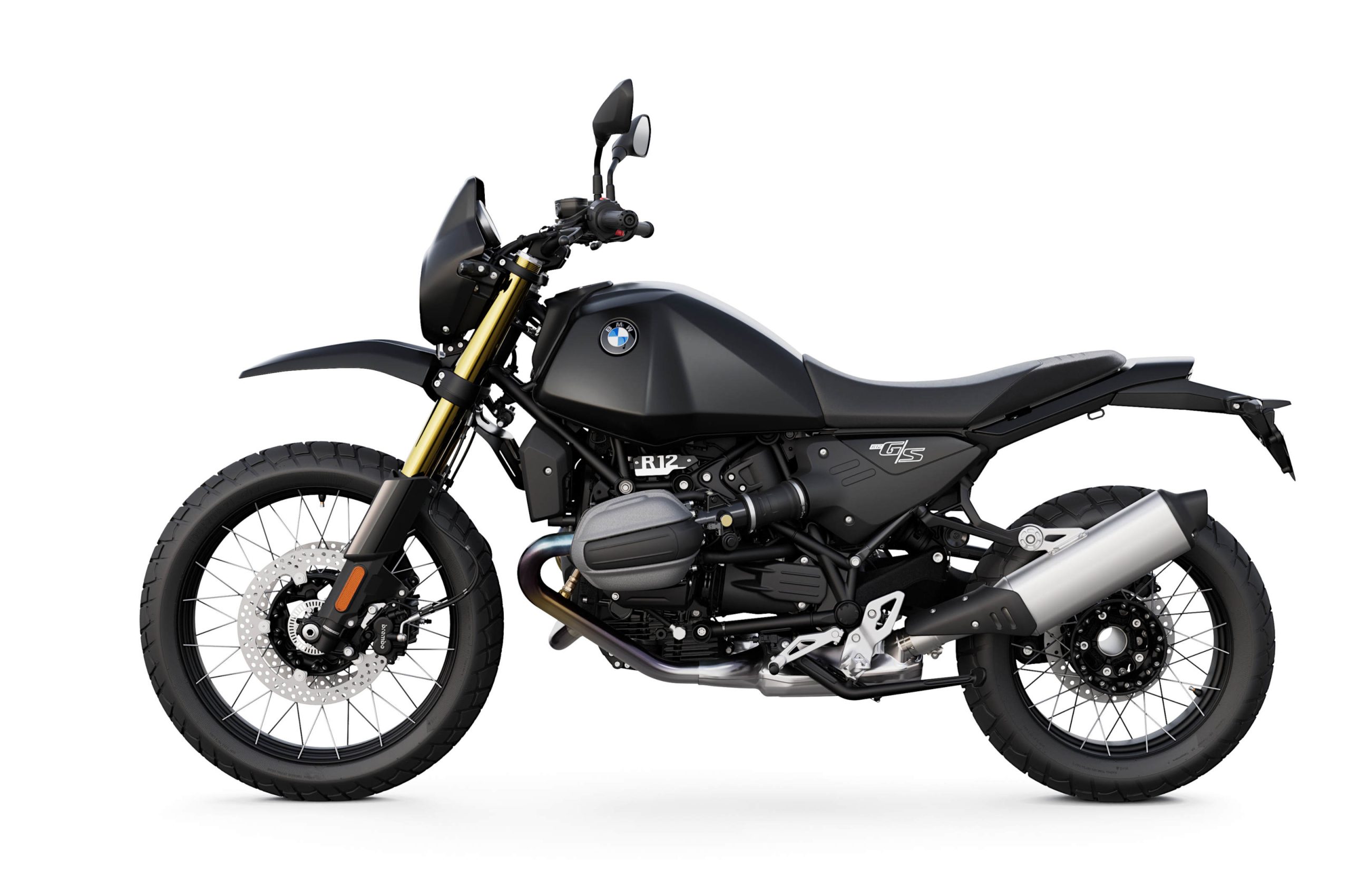
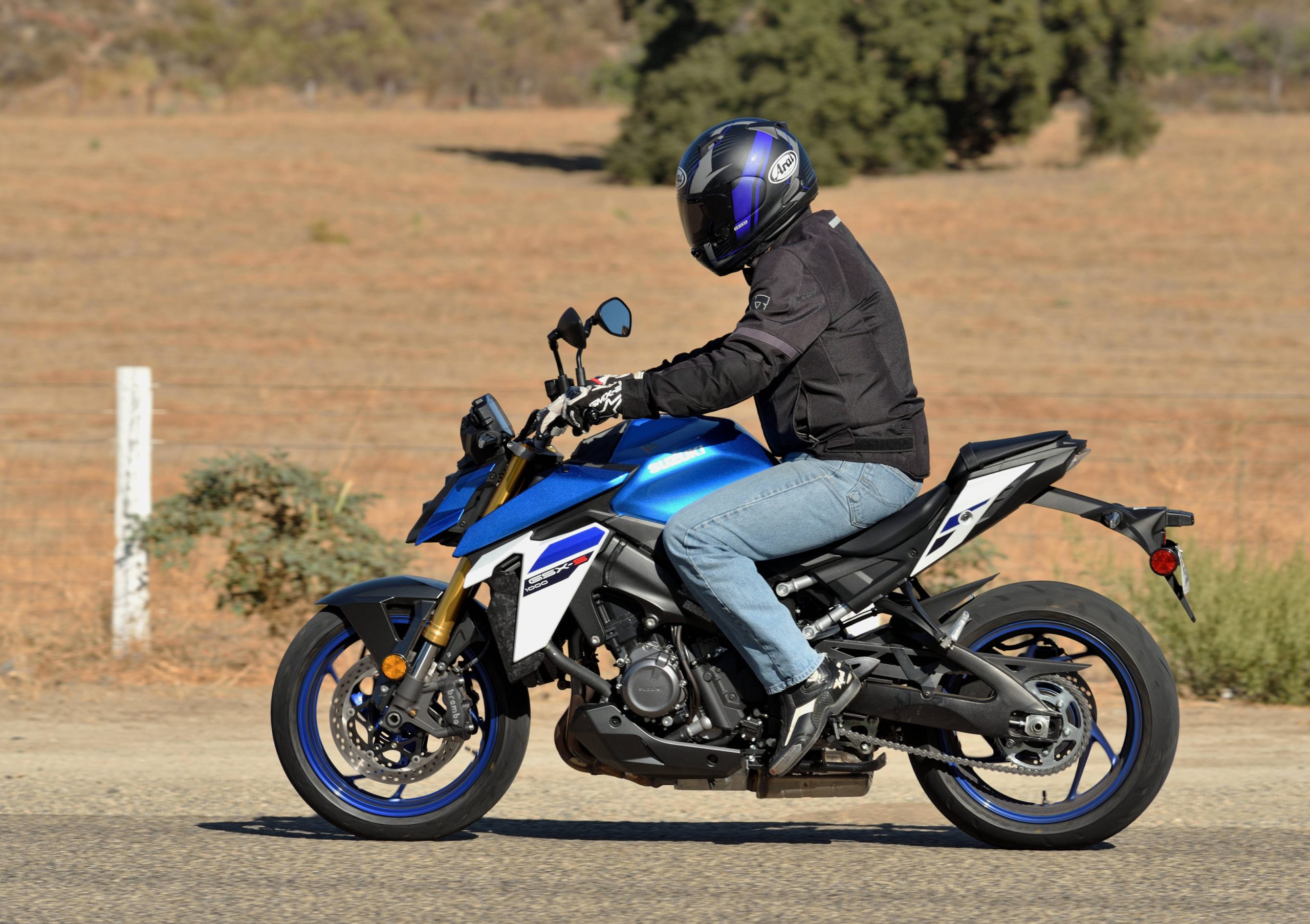
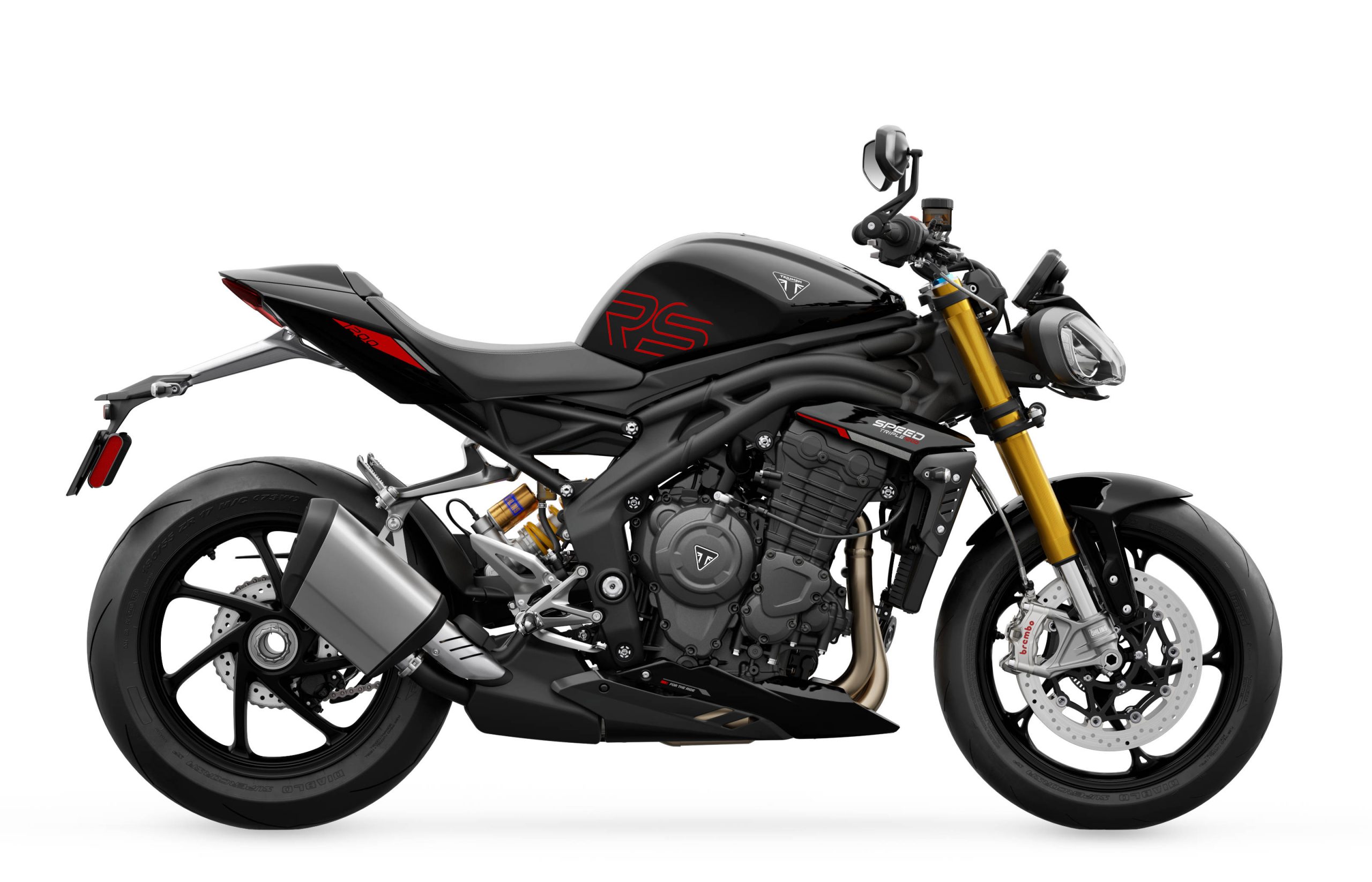
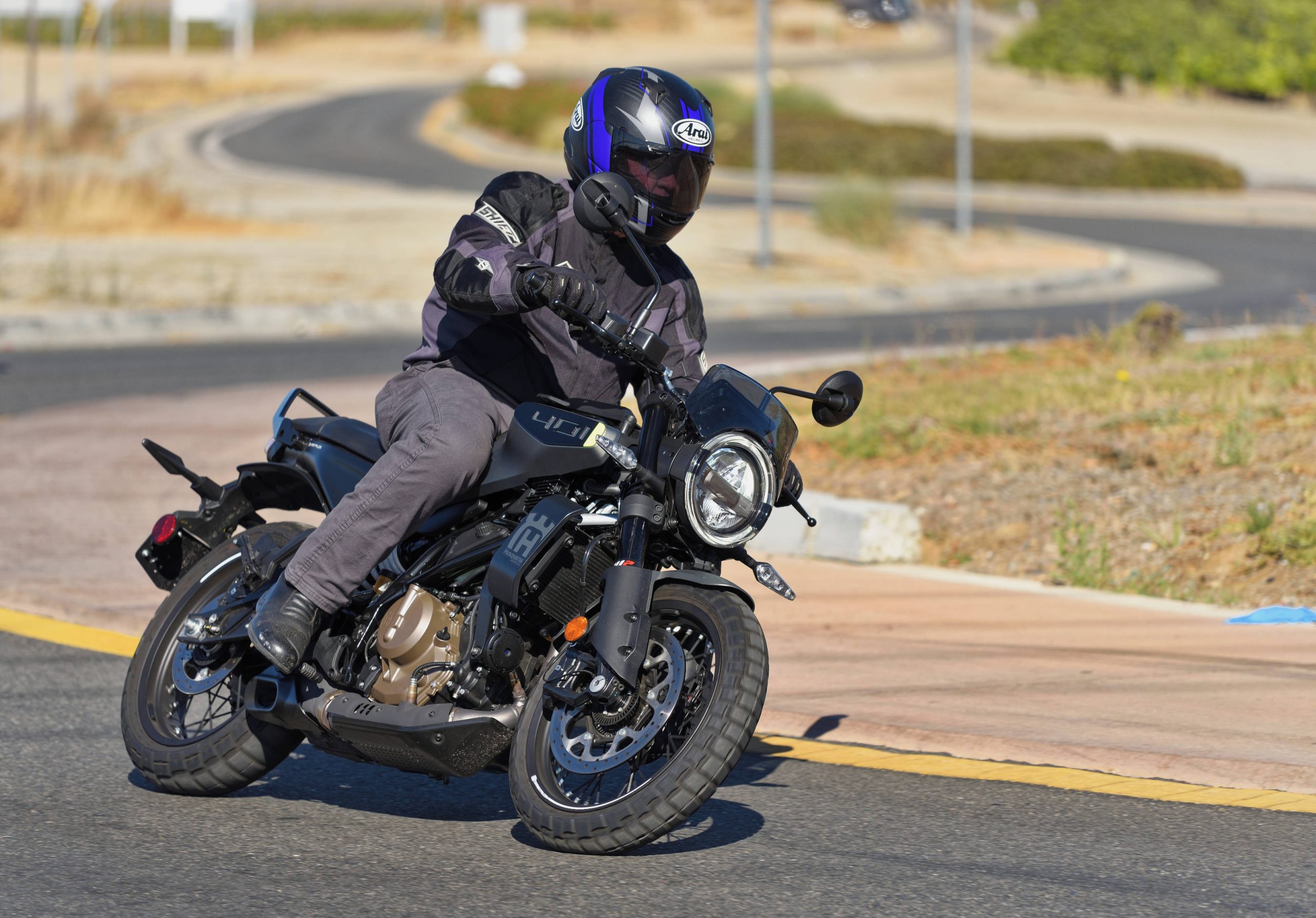
Been a Kawasaki lover since my ’73 Z1. Kawi Rocks! Too old for this now, but my Yamaha fz6 keeps me riding at 68.
All those lines of text. So many mentions of “lightweight”. Yet no actual weight given. That’s probably telling.
Not sure about the slip-on, but otherwise nice bike Kawasaki.
Winner winner chicken dinner Kawasaki.
Sign me up ! I’ll add some helibars and a more comfortable seat and add sports touring to the 636
repertoire. I’m older…planks, situps and pushups help.
If Kawasaki had updated the quick shifter to upshifts AND downshifts, I would be at the dealer tomorrow. Looks like I can still be very happy with my 2021 model.
It still retains cable throttles. No means to autoblip.
For anyone who does not have a 2021 (or a 2013…..) (and can still fit on a supersport…): You’ll regret missing out on this crowning achievement of what was always the most mechanically evolved class of sporting motorcycles ever to come off a line.
The latest RBW, electronically-managed-everything, superbikes may nominally be a click faster around some tracks. But that’s about as relevant as sitting in a middle seat in an airliner, being nominally a bit faster, and “safer,” than going ‘nads out in a Porsche GT3 RS.
The electronic implements and ABS on modern sport bikes aren’t for going “faster” on the street, they’re for reducing the likelihood that bike and its dead rider aren’t found wedged under a guardrail somewhere.
The motivations may be pure.
But the implementations still alters the rider’s interaction with his engine: From that of controlling the engine’s breathing directly; to instead politely asking a computer do that, based on what the computer feels the rider ought to be asking for.
Electronics work well these days, so it’s not like the latter doesn’t strictly function. In the heat of a 10/10’s race of canyon run, it’s faster to offload such pesky details to a computer in order to reduce laptimes/kneedrag Instas, even.
But being piloted around by a computer, is still pretty darned boring and lifeless, compared to riding a 636. I would dare anyone to claim differently, after spending some time on a 636, in almost any setting, compared to even such sporty kit as 890s , S1000s etc. Back to back, even for LA commutes, all the latter are as lifeless as lobotomized potato sacks, compared to a 636. Heck, the difference is so stark and obvious, I suspect it’s not entirely coincidental, that motorcycling’s ability to attract newer riders started declining pretty much in lockstep with the peak, and subsequent decline, of the supersport class. The new bikes, while nominally great; are just not nearly as viscerally exciting.
I always felt something was missing on a fuel injected / compu. bike, and sold it sooner than usual. I completely agree, and well written SM .
I completely disagree. My last race bike was a Triumph Daytona with cable throttle and no electronics. I now have a Yamaha R1 with very nice electronics (ABS removed), and it is, in my mind, more fun. Throttle open earlier, more confidence at full lean, and honestly, just a lot more fun… also, much more than a click faster (I suspect the electronics are worth more than a second per lap) and, to me, feels neither boring nor lifeless.
Kawasaki makes some of the coolest looking high performance bikes out there. I think this one looks great but as others have noted I can not use that performance on the streets and I am not able to origami myself enough to fit the bike now. Dammit!
Those that can will hopefully buy one and ride it with restraint on the street and WFO on a track. It really does look sweet!
ORT
“..I can not use that performance on the streets..”
You can use the engine in lower gears, and the chassis on tighter roads. You may be stretching the strictly legal part a bit, but don’t riders of all sporty bikes do that to some extent?
Distinctly, very much so in fact, different from liter bikes: It’s not geared completely out of all possible street compatibility. You can still hit those high glorious tenor-Cs, which will likely forever be banished from motorcycling, once the last of the supersports are regulated out of existence in favor of semi-autonomous, two-wheeled dullification devices.
Superbly done, sir! HUZZAH!
ORT
I remember when I wanted the latest and greatest sport bikes. From 1985 (first GSXR released; I was in highschool) to 1998 (finished grad school) I couldn’t afford them. From then until 2015 (married, raising a kid), it just didn’t seem prudent…at least not to my spouse. Now I have no such constraints, and could easily afford it if I so chose…but I am 55 and just don’t see the point. Pointless performance level for street riding, and too expensive for track riding – the 10-year-old bike makes a lot more sense when there is a high likelihood of chucking it down the tarmac. These only make sense for rich (spoiled?), self-deluded youngsters for the street, or rich older guys trying to get every possible advantage in club racing, who are okay with paying 12k, then immediately changing out the rear suspension and exhaust and bodywork. Yawn. I think I’ll go ride the RE650, and wring its neck.
I bought a new GSXR600 maybe 6 years ago, in my early 30’s. It was stolen within 2 months, so there’s that problem too.
I have always lusted mightily for a smooth sport bike, but could never fit on one . As I aged, bending the knees in an acute angle, and the back strain further impeded my aspirations . Why couldn’t a manufacturer just scale up and ergo up a larger design ? There are a lot of motorcyclist that are north of 6 foot 2 in, and 220 pounds with the money and desire .
This video just hurts to watch for what could of been .
Hayabusa.
Hmmm. Never tried that one. Kinda fast and chubby.
Going to the Susie dealership this week, sooo
+1. Or the ZX14R.
Or, if those are still too committed: Street Triple. Or possibly Z900. If you still need more legroom: A lightly used GSX-S750. That one still has that glorious short-stroke GSX-R engine. In a really sweet state of tune. And some more kneeroom than the Z and Street. The S1000R is another I4 screamer with roomier ergos which are still sporty. It’s too fast for a naked per me, but many like it.
This is a subtle change but a real improvement to my eyes.
Looks mightily similar to my 2015 899 Panigale (white)!
I still see sport bikes everywhere. They’re mostly used or quite beat up, but they sure are still pretty popular around the Bay Area.
Wow! It is beautiful. I had the last generation Ninja and it was a supreme ride. I currently have a Triumph Street Triple, but I might add the 2024 ZX-6R in the pearl white, silver, and red to my stable. Awesome looking machine!
Dude. The white one? I don’t need this and those bars are so low but they nailed this. Gosh darn it.
Like I suddenly feel like my life could not be considered complete if I didn’t just say “f it.”